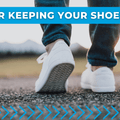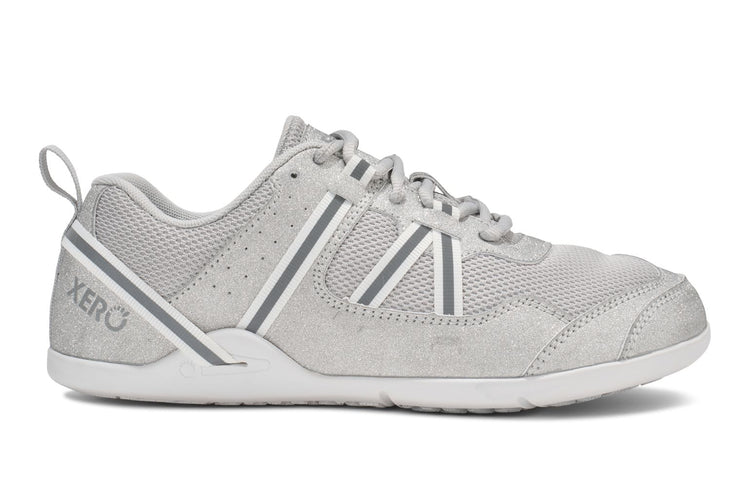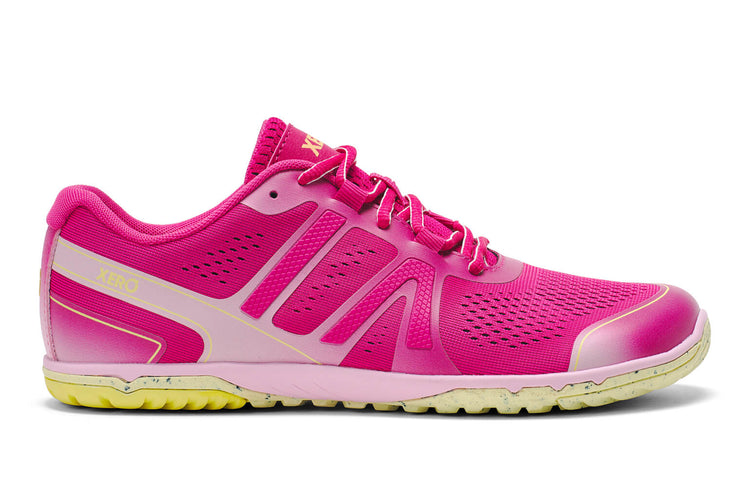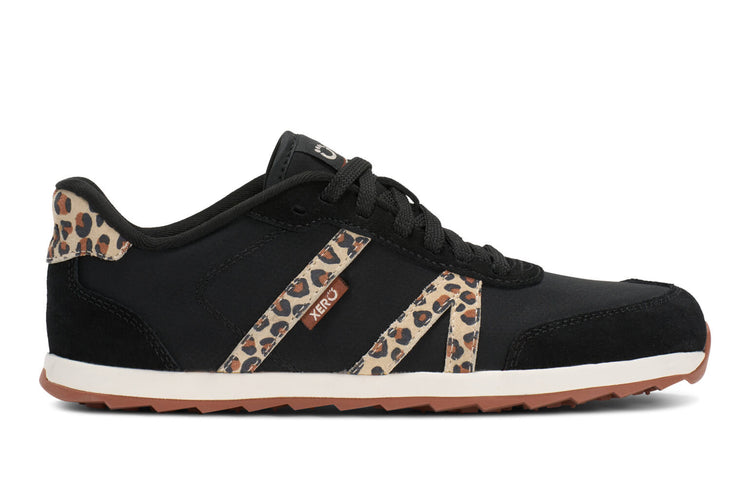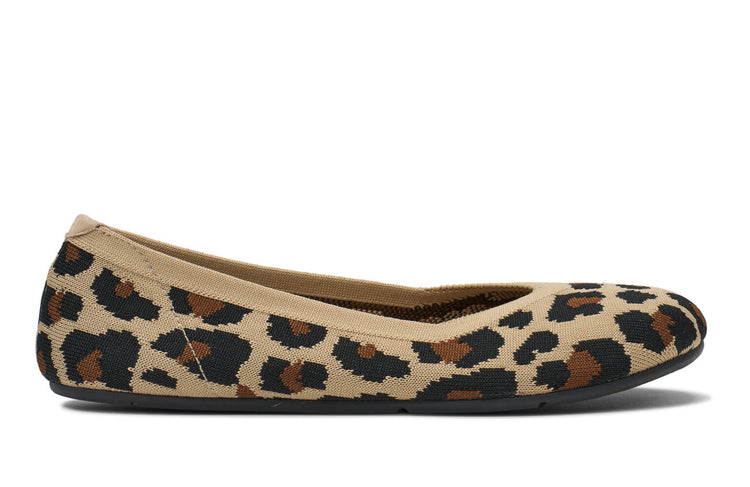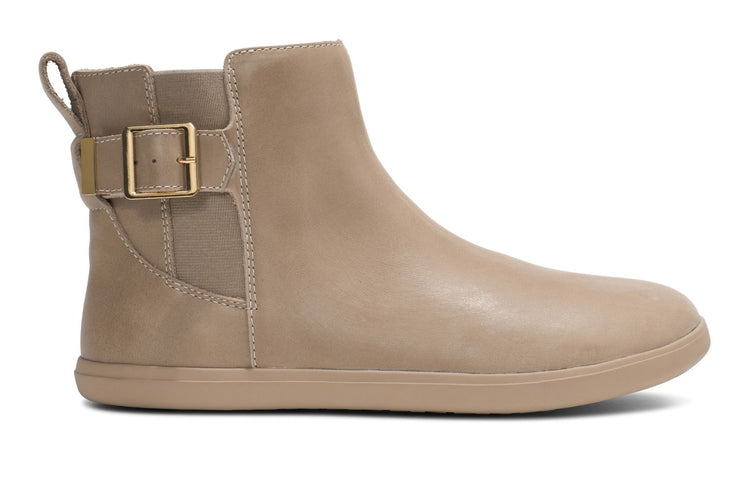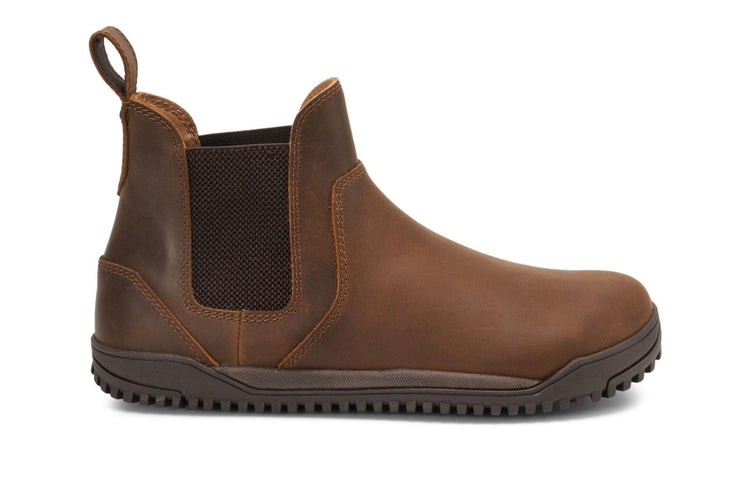“The Dream Shoe”: A Partnership with Xero Shoes & Born to Run 2 Authors
The Xero Blog

Which Scrambler Is Right for You?
HFS Original or HFS II... Which One Is Right for Me?
New Year, Better You – Tips for Getting Back to the Gym
latest News
How to tie huaraches sandals - 3 new ideas!
There are so many ways to tie huaraches barefoot running sandals.I want to show you two cool pictures that'll probably give you more ideas of your own.First, Zach Bergen didn't want the knot between his toes (even though you'll probably never feel it, since it's in between your toes and flattens out pretty quickly). So with a bit of thinking, he came up with this solution:(notice the knot on the TOP side of the running sandal)Then, here are 2 stylish knots, one invented by my wife (and huaraches walker) Lena Phoenix, and the other invented by me when I couldn't remember what Lena invented ;-):For the first one, tie your huaraches the way you normally do. You'll have a loop pointing toward your toes (see Zach's picture, above). Then take the "leftover" lace and just repeatedly loop it around the toe loop (think about threading a needle, over and over).For the second one, just take the leftover and encircle the toe loop, over and over. The "trick" it to make each revolution below the previous one.I'll make a video with these if I have to (do I have to?).
Hurache running sandals. Hurraches for running.
You may note my weird spelling of "huaraches" as hurrache and hurache (or if you're using both feet, hurraches and huraches ;-) ) Regardless of the spelling, if you want to run barefoot, you need to try a pair of these minimalist running shoes. Why? Well, they're the closest thing to barefoot, but with the protection a real shoe (here at Xero Shoes we use 4mm Vibram Cherry, as well as both 4mm and 6mm of our own FeelTrue Rubber for the sole material... it's exceptionally light and quite sturdy). You may have heard about hurraches (I'm going to use all the weird spellings I've seen), in Chris McDougall's book, Born to Run. I knew about them before reading that book, but as a sprinter, it never occurred to me to make a pair for myself. I'm glad I did. I use my huraches to warm up for sprinting -- I'll run a mile or two on the track and even use them for intervals. In fact, it's kind of funny, but sprint spikes are a lot like hurrache -- all they are is a thin layer of something between your feet and the track. The difference is that the sole on sprint spikes is very rigid, compared to the incredibly flexible hurache sole. Oh, that and the spikes ;-) Since you can see that I give away the entire plans for how to make huaraches I care more that you do something to try running barefoot (well, protected barefoot). Personally, I can say that I never liked running more than 100 meters until I tried barefoot running. And once I put on my huarraches, I was going everywhere in my minimalist shoes. My wife walks around in her hurraches, too. And, with some loose socks, you can wear them in colder weather than you might imagine.
Running Barefoot -- The Importance of Core
Usain Bolt's coach, Glen Mills, talked in an interview about what helped make Usain Bolt the fastest man in the world. He revealed something that will surprise most runners, namely, the most important muscles required for fast, efficient running. Have a guess? Think it's the quads? The hamstrings? Glutes? Calves? Eyelids? Let me quote Glen: Usain is an extremely gifted athlete. When I started working with him, one of the things that stood out like a sore thumb was his poor mechanics. Part of his poor mechanics was because he was not able hold the sprint position during maximum velocity running, so we had to do an intense programme to develop his core strength. In Beijing he showed a mastery of the technique that we had been working on, but the transformation took two years. He goes on to discuss in more detail how important the core -- primarily the abdominal muscles -- are critical for running. Now, what does this have to do with your running? EVERYTHING. Next time you run, tighten your core (as if you're bracing yourself before someone hits you in the stomach). See what that does to your running form. Play with this. See what changes as you tighten your core, especially the transverse abdominis (the muscles you use to suck in your stomach when you're trying to fit into a pair of too-tight pants). Well, if that's not the motion you make when running, is it the best thing to use for training? Strength coach Michael Boyle discusses this and suggests that if you want to keep your core stable, you should train it to remain stable while some force is trying to move it. Looking forward to hearing what you discover when you activate "the most important muscles for running." The content of this post does not constitute and is not intended to be a substitute for professional medical advice, diagnosis or treatment. Always seek the advice of a physician or other qualified health provider with any questions or concerns you may have about your health or a medical condition.
Vibram Five Fingers vs. Xero Shoes huaraches
Barefoot running is becoming more popular every day.And, with the growing number of people throwing away their shoes comes... shoes!Barefoot shoes, that is.Chris McDougall's book, Born To Run, featured the Vibram Five Fingers shoes (sort of like a glove for your feet) as well as the low-tech, traditional Mexican huaraches, which the Tarahumara Indians would sometimes make by cutting a strip of rubber off of an old tire and lacing it to their feet.The Xero Shoes huaraches are a hi-tech update, made with a 4mm Vibram Cherry sole, which gives great protection from debris and dangers, and the most barefoot-like feel you can possibly get (short of just gluing the sole to your foot).Comparing the Vibram Five Fingers to the Xero Shoes huaraches is a bit tricky. Obviously people will have individual preferences.Nonetheless, some comparisons are obvious: The Xero Shoes are more minimalist. They're much lighter. The soles on Xero Shoes are even more flexible and give a more barefoot feel. Xero Shoes are easy to slip on and off, even if your feet are swollen or sweaty. They're less expensive. There's no fabric to tear. FFs give more protection to the fronts and sides of your toes (though, I've never had a problem while wearing my huaraches). Xero Shoes will fit any foot since they're made just for you (whether you DIY or buy custom shoes) whereas some people find the toes on FF have either too much or not enough room for their particular toe shape. You can get them (FFs have been sold out in a lot of places). You can wear Xero Shoes without people thinking you're a monkey-boy (or girl). ;-) I know I can sound biased, and I have no doubt some people will comment about why FFs are better than huaraches. But the bottom line is that whatever works for you, depending on your situation and desires.
Find the Shoe That Moves Like You Do.
Take the Quiz
Want to Win a $100 Xero Gift Certificate?
Click Here!We promise to only send you great Xero Shoes deals, information, inspiration, and FUN!

